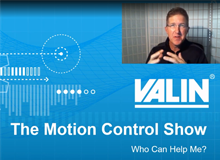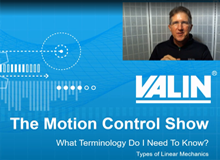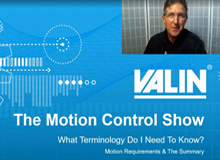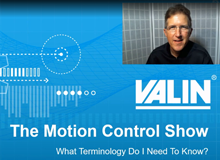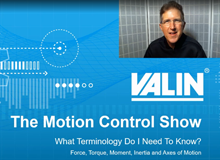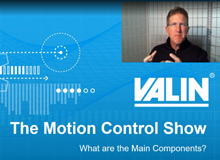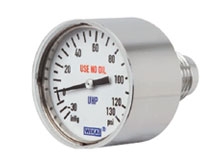Electronics Resources
Electronics
For a leader in industrial flow equipment and services, one specific application was causing significant difficulties for their end user. By working with WIKA's experts in quality instrumentation on a pressure sensor solution, the customer overcame their systematic field problem with great success.
This overview will help you to understand the differences between industrial automation manufacturers, representatives, distributors and integrators…and who you want to reach out to for help.
We've been talking about a lot of different basic terminology. Now we're going to talk about just some basic types of linear mechanics.
We're continuing on with talking about some of the basic terminology and things you need to know in order to be able to size your own mechanics and gantry. We cover motion requirements and a summary at the end of the last several episodes.
As we dive further into sizing and selecting mechanics, there are a couple of terms that are extremely important in understanding the requirements of an application.
Before we dive into the meat of the matter of sizing and selecting mechanics, there are some basic concepts we need to understand: namely the force, torque, moment, inertia, and axes of motion.
You may be wondering what the main components are that you need to make a motion control system. What are the minimum number of components you need?
WIKA's mini diaphragm gauge was developed for high purity applications with limited space requirements, such as smaller integrated gas stick and gas box assemblies. The nominal sizes of 1" and 1.3" are ideal for applications involving gaseous, liquid and corrosive media up to 160 psi.
Vibration and noise control for stepper motors has been a focus of machine builders in recent years. Too much vibration can cause missed steps, and minimization of noise can widen applications outside of factory automation. The good news is that recent advances in driver technology can help.
Ideally, stepper motors should operate smoothly without vibration throughout all speed ranges. In reality, they run with some vibration at low, mid, or high speeds, causing unwanted noise. This type of vibration is called "rotation vibration" and developing the suppression system for the rotation vibration is a major challenge.
A lesson for me is that I need to involve you earlier in the program.
You were tireless in your support and it will not be forgotten!

